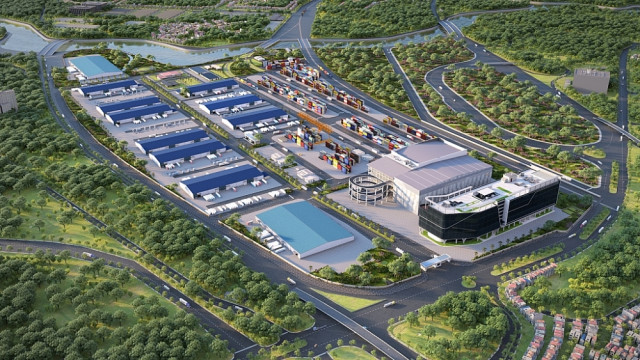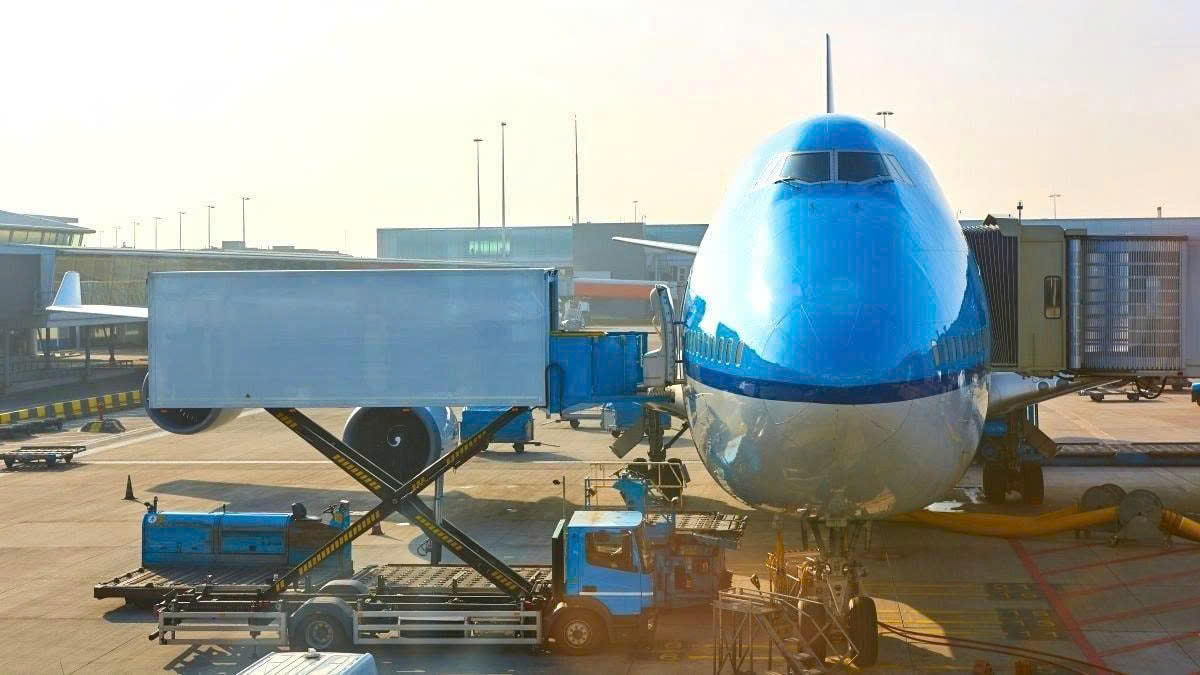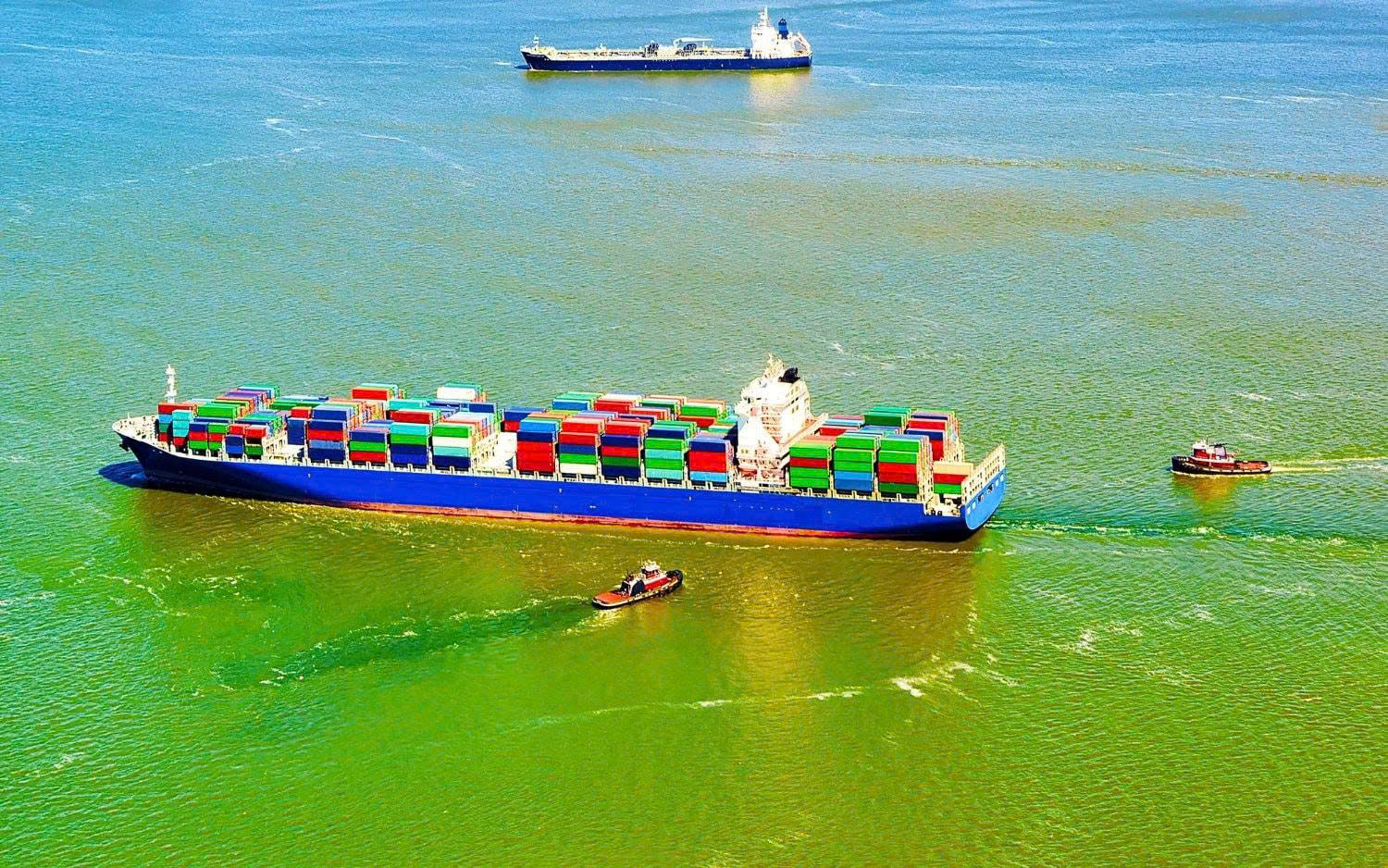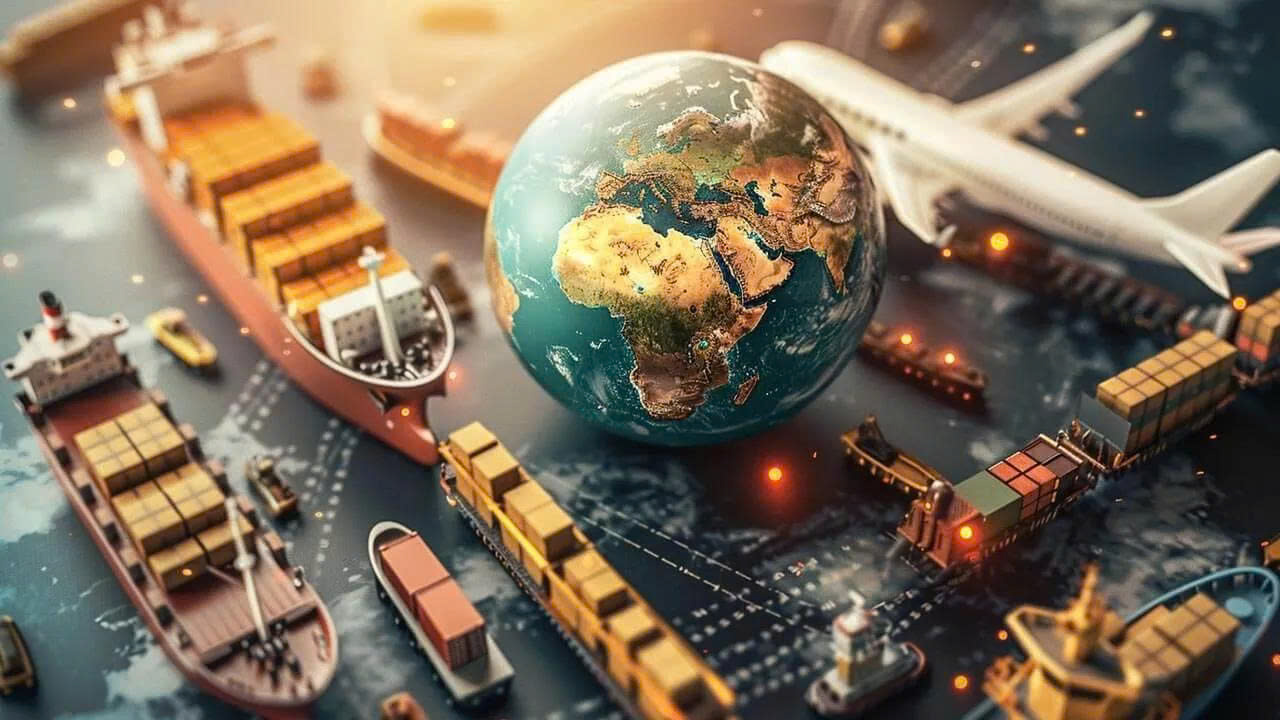Planning to develop the dry port system in the period 2021 - 2030, with a vision to 2050, ensures inheritance in the development process, maximizes the capacity of existing dry ports, combines review and adjustment to suitable for actual needs.
According to the Ministry of Transport, dry port planning is part of specialized plans implemented to concretize the Master Plan for developing Vietnam's seaport system for the period 2021 - 2030, with a vision to 2050.
The planning is chaired by the Vietnam Maritime Administration and will be implemented from March 2022. In particular, planning is based on many rules. Specifically, dry ports must be associated with transportation hubs, near industrial parks, export processing zones and combined with large logistics service centers.
For inland ports that support road, rail, and air border gates, priority is given to planning at international border gates with a large flow of goods and vehicles or border gates that play an important connecting role in ASEAN. Trans-Asia transport. Inland port planning prioritizes transport corridors with two or more modes of transport, especially inland waterway transport.
The approved plan has identified an inland port as a part of the transportation infrastructure, a focal point for organizing transportation associated with the operations of seaports, airports, inland waterway ports, and railway stations. railway, road border gate.
Dry port development must be consistent with the seaport system development planning, transportation network development planning, and at the same time meet the needs of socio-economic development and ensure national security and defense of the regions. and local.
Developing the dry port system to optimize the transport of export and import goods of each region and economic corridors. At the same time, combine the development of dry ports near seaports for direct support and develop dry ports far from seaports associated with goods distribution and consumption centers, road and rail border gates to organize Improve the transportation network, promote multimodal transportation, and reduce transportation and logistics service costs.
In addition, priority should be given to the formation and development of inland ports associated with large-volume transport modes (inland waterways, railways), along with inland ports associated with economic zones, industrial parks, export processing zones, Logistics centers and international road and rail border gates have large transport needs.
At the same time, developing new locations combined with the relocation of a number of dry ports to form a synchronous, modern, sustainable dry port system, ensuring traffic safety and environmental protection.
In particular, mobilize all resources and make maximum use of socialized resources to invest in developing dry ports according to planning.

Like the "extended arm" of a seaport
According to the Ministry of Transport, in the context of the strong growth in demand for container transport in Vietnam, especially sea transport, has led to the development of seaports, multimodal transport and logistics. The development of the inland port as an "extension arm" of the seaport inland helps to increase the efficiency of seaport exploitation.
Inland port development planning plays a role in promoting investment in inland port operation, reducing the burden of congestion due to shortage of warehouses and traffic jams in the organization of transporting goods to seaports and road border gates. current set.
In addition, promoting the formation of inland ports associated with inland waterways and railways to reduce the market share of road transport on container transport corridors, contributing to transport restructuring and development of multilateral transport. knowledge, reducing transportation costs and environmental pollution.
The master plan is both a basis for accelerating the formation of new inland ports, converting inland clearance points (ICDs) that have been planned for inland ports, as well as a basis for localities and businesses to combine development planning. efficient inland port and logistics center, as well as speeding up the completion of relevant legal regulations.
According to the Ministry of Transport, the new planning ensures synchronization and closely links with the national master plan, national sectoral master plans and specialized technical plans across the country.
In which, there are plannings on infrastructure development of railways, roads, inland waterways and aviation, especially planning on development of seaport system and planning of localities.
In addition, the approved planning is also the basis for promoting the formation and development of the inland port system to meet the needs of import and export goods transportation, increasing the cargo throughput capacity of seaports.
At the same time, it is the basis for organizing container transportation in a reasonable way to meet the needs of optimizing import and export freight of each region and economic corridors, and to streamline transportation organization. with container carriers, creating favorable conditions for businesses to improve quality and reduce transportation and logistics service costs.
At the same time, to meet the needs of direct support on the spot with the seaport system, the need to connect multimodal transport, and organize traffic in the rear areas far from the seaport.









